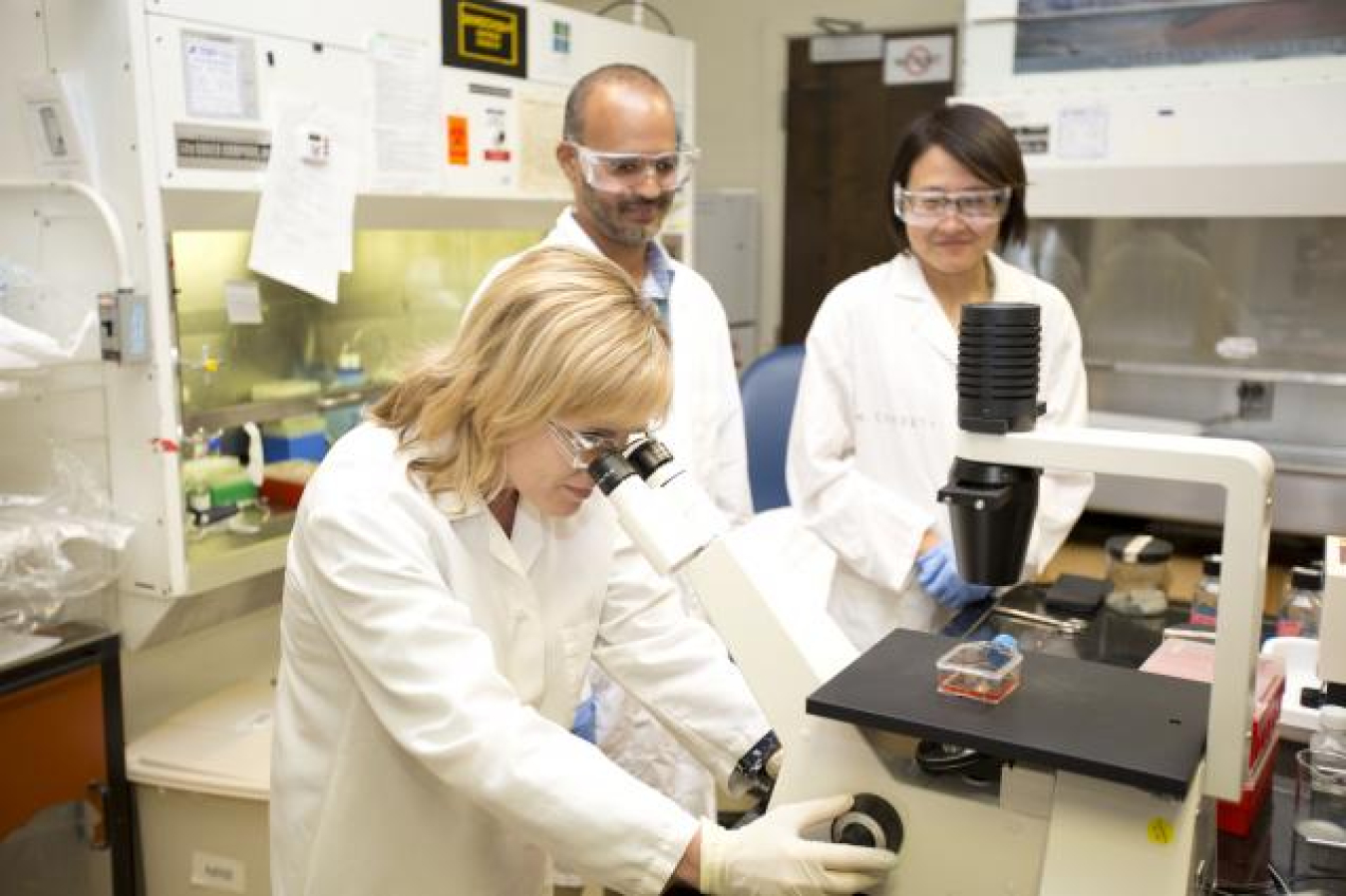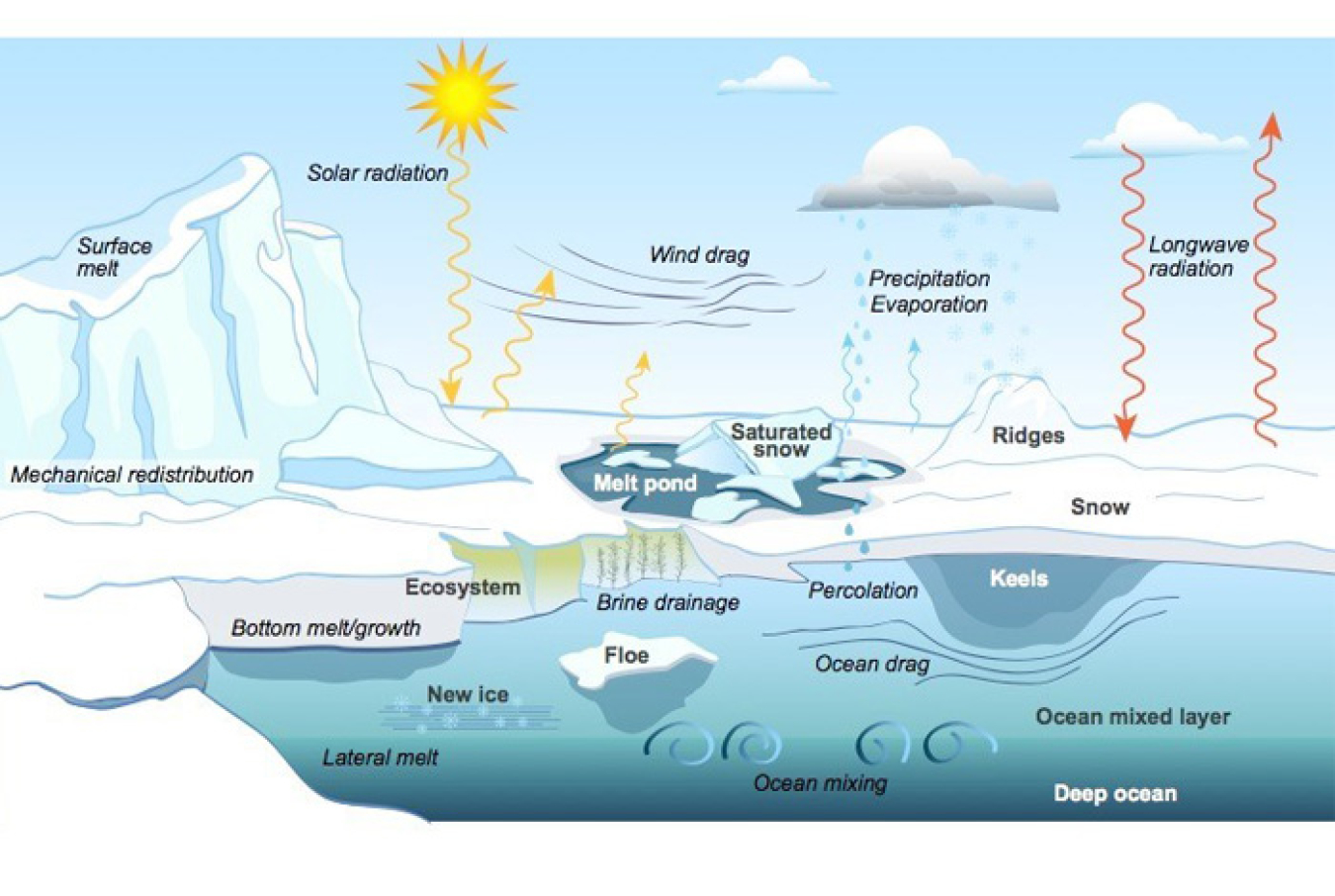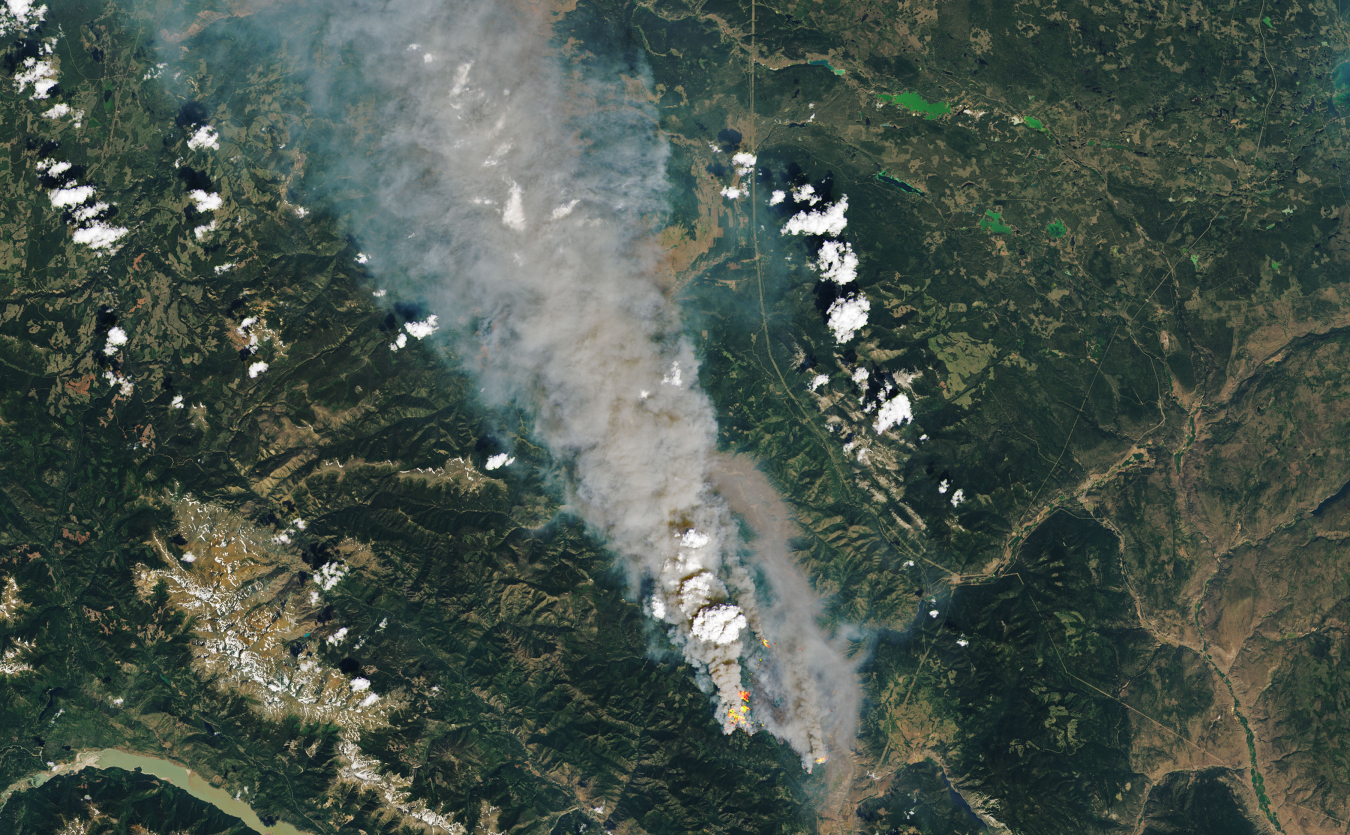Power of Science is a new series highlighting the many contributions that NNSA makes outside of the nuclear security mission.
National Nuclear Security Administration
June 13, 2022
Power of Science is a new series highlighting the many contributions that NNSA makes outside of the nuclear security mission.
The National Nuclear Security Administration (NNSA) is best known for our stewardship of the nation’s nuclear stockpile – harnessing the power of science and technology to build and maintain America’s nuclear weapons. We’re also known for leading America’s efforts to counter weapons proliferation and secure arms control agreements, and for powering the Navy’s aircraft carriers and submarines.
But that’s not the only way we use the power of science to serve the nation. We use the scientific and technological tools that support nuclear security for a broad range of efforts, from tracking pandemics to fighting climate change. Most people know Los Alamos National Laboratory (LANL) as a weapons laboratory and the home of the Manhattan Project, but have no idea that over 20% of the lab’s current funding is dedicated to work outside of weapons activities. NNSA is not only a nuclear security agency, but a scientific powerhouse. Across NNSA’s labs, plants and sites, science is powering basic research, technology development, and innovation in a broad array of critical fields.
Climate science
Under the leadership of Secretary of Energy Jennifer Granholm and NNSA Administrator Jill Hruby, NNSA is a major player in fighting climate change and spurring energy innovation. In addition to the Department of Energy labs pursuing what Secretary Granholm has called “ our generation’s moonshot,” NNSA labs have made significant contributions to the technology and research changing the landscape of the fight against climate change.
At LANL, scientists collaborated across the climate science community to calculate projected rises in sea level through 2100 attributable to melting ice caps, and even developed CICE (say C-ICE out loud), a program that models the complex physics of melting, moving, and freezing sea ice. Both LANL and Sandia National Labs (SNL) have sent teams of researchers to the Arctic, measuring permafrost levels and atmospheric radiation.

NNSA experts are also finding new ways to reduce future emissions. Started in the 1970s, the hydrogen fuel cell project is LANL’s longest-running non-defense project, and is seeking to revolutionize the future of trucking. Switching the trucks that form the backbone of America’s supply chain to clean energy would cut about 20 percent of transportation-related greenhouse gases. DOE is funding the Million Mile Fuel Cell Truck to make this a reality, developing sustainable systems that do not disrupt our economy and way of life.
The devastating climate catastrophes that have become more commonplace over the last few years demonstrate the importance of both combatting climate change and understanding and mitigating its current effects on our safety and the planet. LANL research on pyrocumulonimbi, or fire clouds, was inconceivable years ago, but the increasing frequency of megafires throughout the western half of the country make it a critical aspect of climate research. These stratospheric clouds borne of the smoke from megafires create lightning and even fire tornadoes, in addition to the disastrous impacts of the fires themselves.
At Sandia, researchers have been focused on concentrated solar power systems for over 40 years, developing and testing new technologies at the lab’s National Solar Thermal Test Facility. This program will eventually enable large-scale adoption of concentrated solar power.

COVID-19 and medical innovation
More than two years into a global pandemic, it’s evident that public health and medical advancement is more important than ever. While medical research at NNSA labs long predated COVID-19, this crisis has ramped it up and led to some incredible innovations and partnerships. The NNSA laboratories immediately contributed their world-class supercomputing power to the COVID-19 High Performance Computing Consortium across ten different supercomputing systems, to support complex molecular modeling that enabled experts to understand the virus better and work towards vaccine development. To address the pandemic’s immediate and overwhelming impact on health care providers, Lawrence Livermore National Laboratory synthesized ventilators as early as April 2020 and partnered with industry to produce a prototype that was FDA-approved for use with COVID-19 patients.
Some lab employees became part of the national discourse on the virus, such as Dr. Bette Korber at LANL. Korber discovered the first significant mutation of the COVID-19 virus in 2020, and has been working to develop tools and criteria to determine when a mutation is medically significant. As one of the leading voices on the virus’s mutations, Dr. Korber has represented LANL and NNSA in scientific journals, news interviews, and more.

Although the onset of the COVID-19 pandemic changed everything, the critical medical and biochemistry research that preceded the pandemic continues. For example, Livermore recently developed a multi-pathogen vaccine that fights three different kinds of bacterial threats.
This is just an introduction to the many ways NNSA is harnessing the power of science and technology. Look out for more #PowerofScience features to learn more about how NNSA is strengthening America’s security and lifting American lives through innovation, jobs, and opportunities. Next up – technology transfer, and exploring space!

